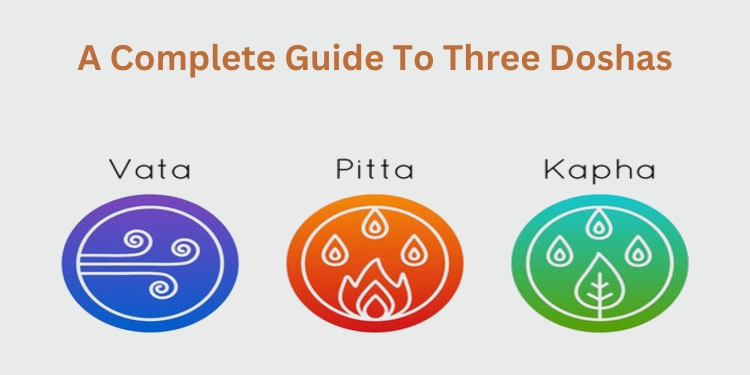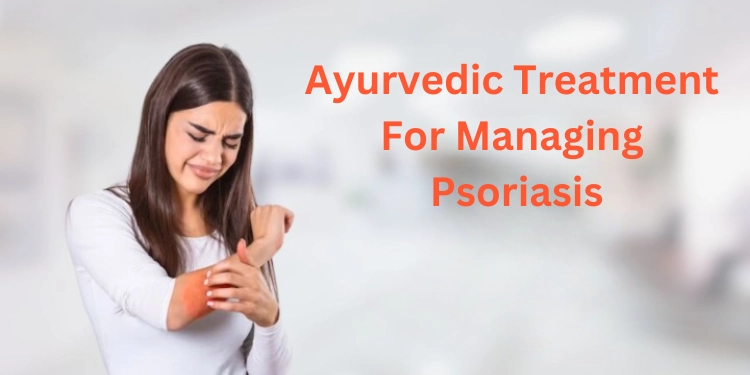Pada Abhyanga, a timeless therapy of Ayurveda has many physical, mental, and holistic health benefits. Pada Abhyanga is a known Ayurvedic foot massage, which combines the knowledge of ancient herbal oils with expert massage techniques to rejuvenate the whole body by way of the feet. Leading Ayurvedic clinic in Bangalore Adivaidyam provides such therapies to clients to experience authentic Ayurvedic treatments that are healing, comforting, and balancing.
We’ll take a closer look at why Pada Abhyanga is such an important Ayurvedic wellness practice and why it’s something you’ll want to incorporate into your routine.
In Ayurveda, the feet are seen as more than a part of your body, but as a gateway to your wellness in general. According to traditional practices like Pada Abhyanga, the feet directly connect to different body organs and systems. Lients widely said that the soles of the feet contain powerful nerve endings that, when stimulated through Ayurvedic foot massage, can release stress, improve blood circulation, and encourage the flow of vital energy. Woven into each session, at Adivaidyam in Bangalore, skilled practitioners blend this philosophy into its therapeutic effects, all the while applying them to each session.
Read More: Ayurvedic Treatment for Diabetes
Pada Abhyaya is made more effective by preparation. Here are some steps to consider before the session:
In Pada Abhyanga, the pressure points in the feet are generally stimulated with specific massage strokes. Here’s what a session might look like:
Read More: Ayurvedic Body Massage in Bangalore
Pada Abhyanga emphasizes the choice of oil very much as it enhances the healing properties of the massage. The oils used by Adivaidyam’s practitioners are painstakingly chosen for each individual on their particular needs, doshas (body constitution), as well as therapeutic requirements.
If you’re into holistic health, definitely put Pada Abhyanga into your self-care routine. Here’s how to start:
Pada Abhyanga is more than a foot massage, it’s a time-honored Ayurvedic body treatment for our physical, mental, and spiritual health. This ancient therapy provides a list of benefits from relieving muscular pain to nurturing a peaceful state of the mind. Adivaidyam is situated in Bangalore, with access to trained ayurvedic practitioners who bring the wisdom of Ayurveda into all sessions, making it simple for anyone to include this healing therapy in their wellness adventure.
What is Pada Abhyanga?
Traditional Ayurvedic foot massage Pada Abhyanga is a stimulation of pressure points on the feet (part of the limbic system) and is monotonously applied to improve one’s health and well-being.
What are the benefits of Pada Abhyanga?
Improved circulation, stress reduction, pain relief, better sleep, and strengthening the mind-body connection are some of the benefits of pranayama.
How is Pada Abhyanga different from other types of foot massages?
Pada Abhyanga is different from regular foot massages as to the oils used, and the balancing of energetic flow through marma points, bringing the practice to fit the Ayurvedic principles.
Can Pada Abhyanga relieve foot pain and soreness?
Yes, Pada Abhyanga really relieves foot pain and soreness by focusing on the pressure points and using oils that decrease inflammation and ease muscles.
What oils are used in Pada Abhyanga?
Traditionally Ayurveda oils like sesame, coconut, or ghee are sometimes infused with herbs like ashwaganda, brahmi, or neem in Pada Abhyanga. The oils are chosen according to the individual’s dosha (body constitution) to balance such energies, relax, and reduce inflammation.

Vata Pitta and Kapha Doshas

The three doshas in Ayurveda are Vata, Pitta, and Kapha, shaping our physical, mental, and emotional health. This guide explores their traits, significance, and tips for maintaining balance naturally.
Ayurvedic Psoriasis Treatment

Ayurvedic treatment for psoriasis focuses on holistic healing through herbal remedies, detox therapies, and lifestyle changes. This natural approach helps manage symptoms, reduce flare-ups, and promote long-term skin health and overall well-being.
Contact us today and embark on a journey toward a better life. Our team is here to support you every step of the way.
